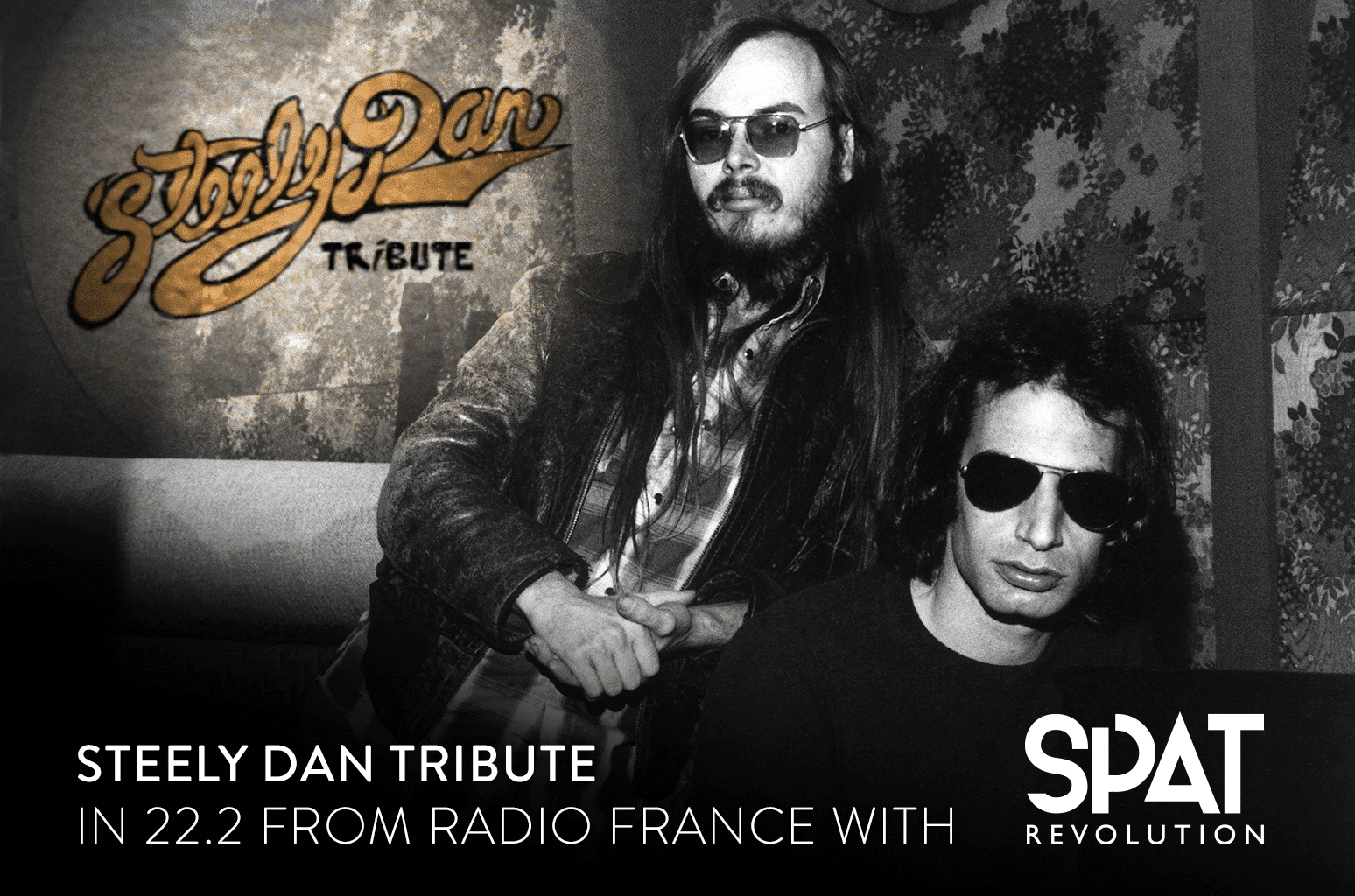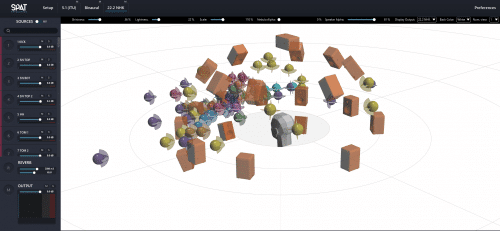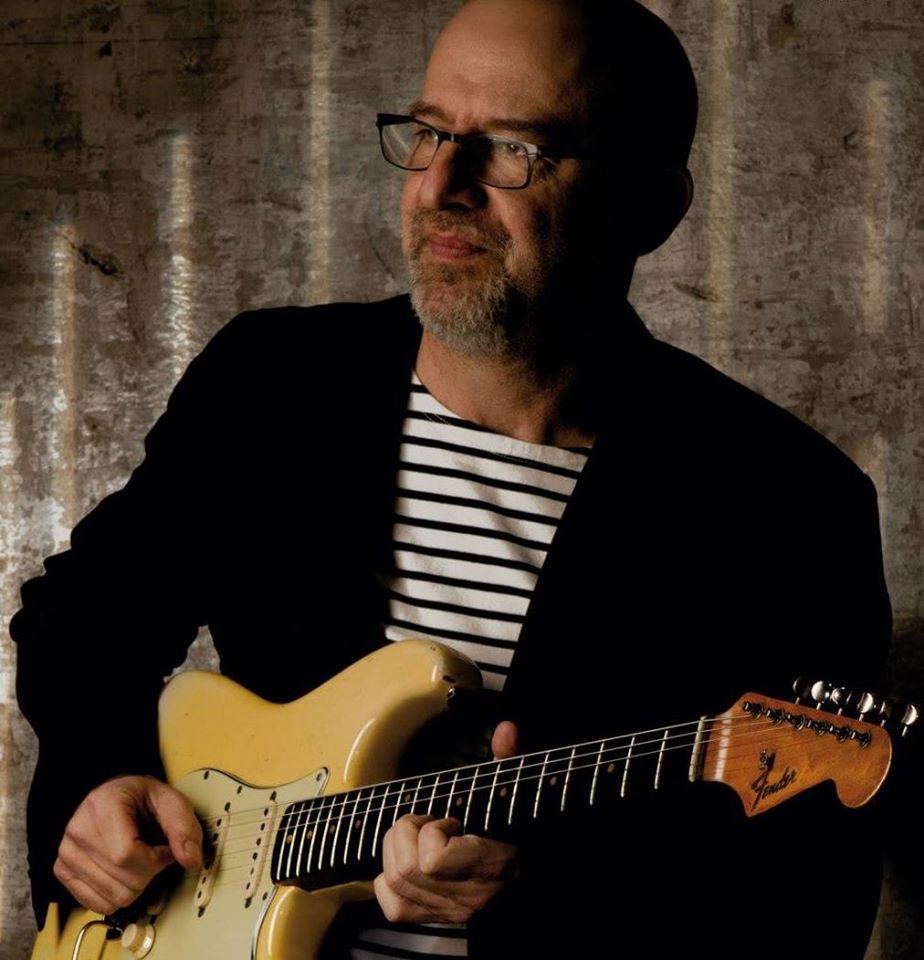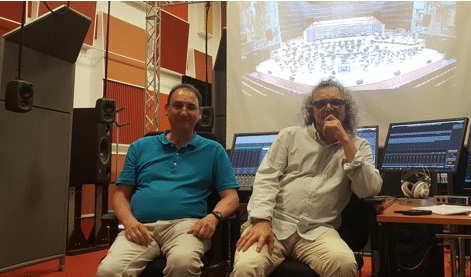Steely Dan Tribute in 22.2 from Radio France with Spat Revolution


Listen in Binaural with Headphones
Object Oriented Mixing

First of all, the multitrack recording was meticulously cleaned up from all crosstalk with good help of Hervé Déjardin, who is specialized in the field of object mixing and experienced with the 22.2 format. Pascal tells us: ” Having no experience in this kind of mixing but the knowledge how to operate a workstation in general, I worked with Hervé as a rally co-driver, giving instructions to him who then controlled the software (SPAT Revolution and Steinberg Nuendo). In a way it was very similar to the role of an MMO (Musician Metteur en Onde – The artistic directors of the concerts at Radio France). “

Pascal Besnard (left) and Hervé Déjardin (right) in the studio 112
The 22.2 format and Binaural rendering
http://hyperradio.radiofrance.fr/son-3d/steely-dan-tribute-au-studio-105-de-radio-france/
